Modeling Fish Movement in a Spatially Explicit Population Model of Juvenile Chinook Salmon in the Klamath River, USA
Title: Modeling Fish Movement in a Spatially Explicit Population Model of Juvenile Chinook Salmon in the Klamath River, USA
Category: Technical Memo
File: Perry_et-al_2016_0153_Modeling-Fish-Movement-in-a-Spatially-Explicit-Population.pdf
Updated Date: 17.01.2017
Author(s)/Source(s): Russell W. Perry, John M. Plumb, Nicholas A. Som, Nicholas Hetrick, Thomas Hardy
Publication Date: 2016
Focal Topic: Salmon
Location: Klamath Basin
Watershed Code: 180102
Movement of individuals through space is a common feature of life cycle models that simulate the effects of spatial variation in the environment on population dynamics. Movement models range in biological realism from simple meta-population models that keep track of the number of individuals in each sub-population to complex individual based approaches that keep track of the xy-coordinates of each individual in continuous space. We present an approach that is intermediate between these two extremes. We simulated movement of juvenile Chinook salmon by casting a continuous advection-diffusion model in terms of a discrete habitat template that represents the river as a mosaic of meso-habitat units. Movement is achieved by assigning the probability that fish in habitat unit h move to unit i in one time step. These movement probabilities are determined by integrating the advection-diffusion model between habitat unit boundaries. This approach has a number of advantages. First, movement is determined by two biologically meaningful parameters: the rate of migration and the rate of population spreading. Second, this movement model naturally accounts for variation in the model’s spatial (e.g., length of each habitat unit) or temporal (e.g., daily or weekly) resolution. Last, many different models of movement can be constructed from this general framework by allowing r and to vary with environmental or individual covariates. We illustrate application of this model to juvenile Chinook salmon in the Klamath River, USA, where movement rate varies as a function of fish density and size in each habitat unit.
Keyword Tags:modeling
